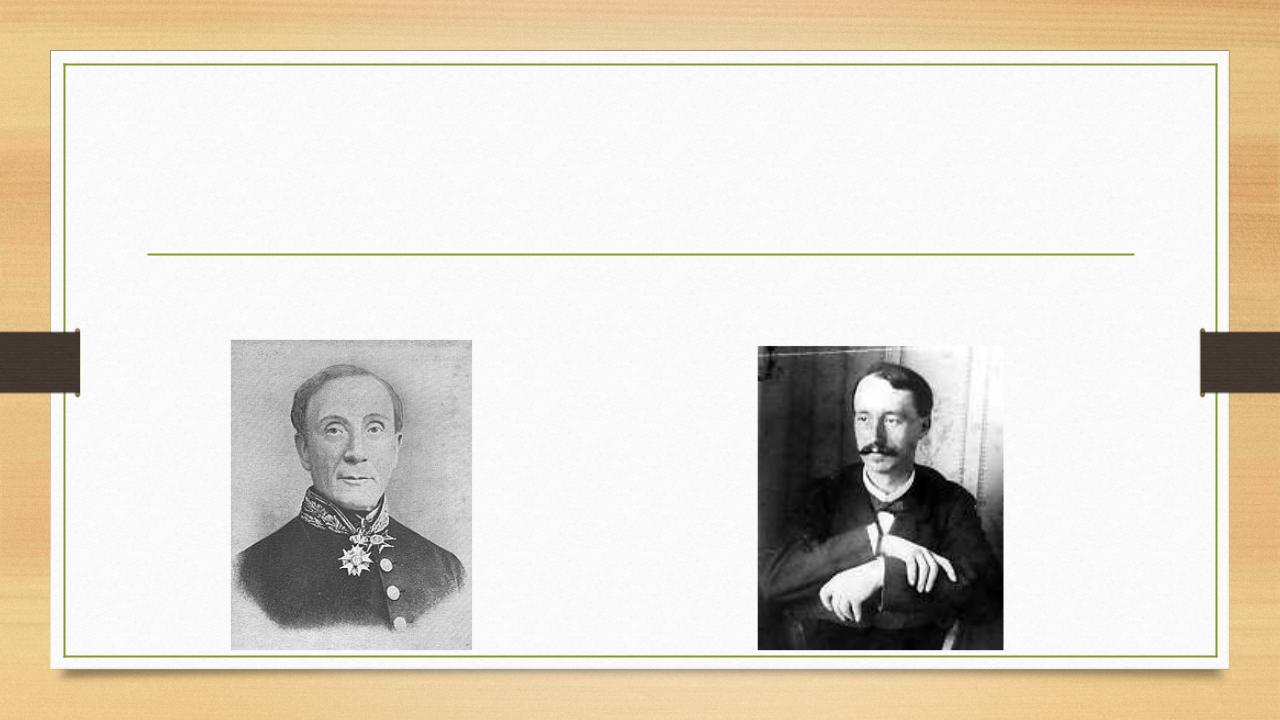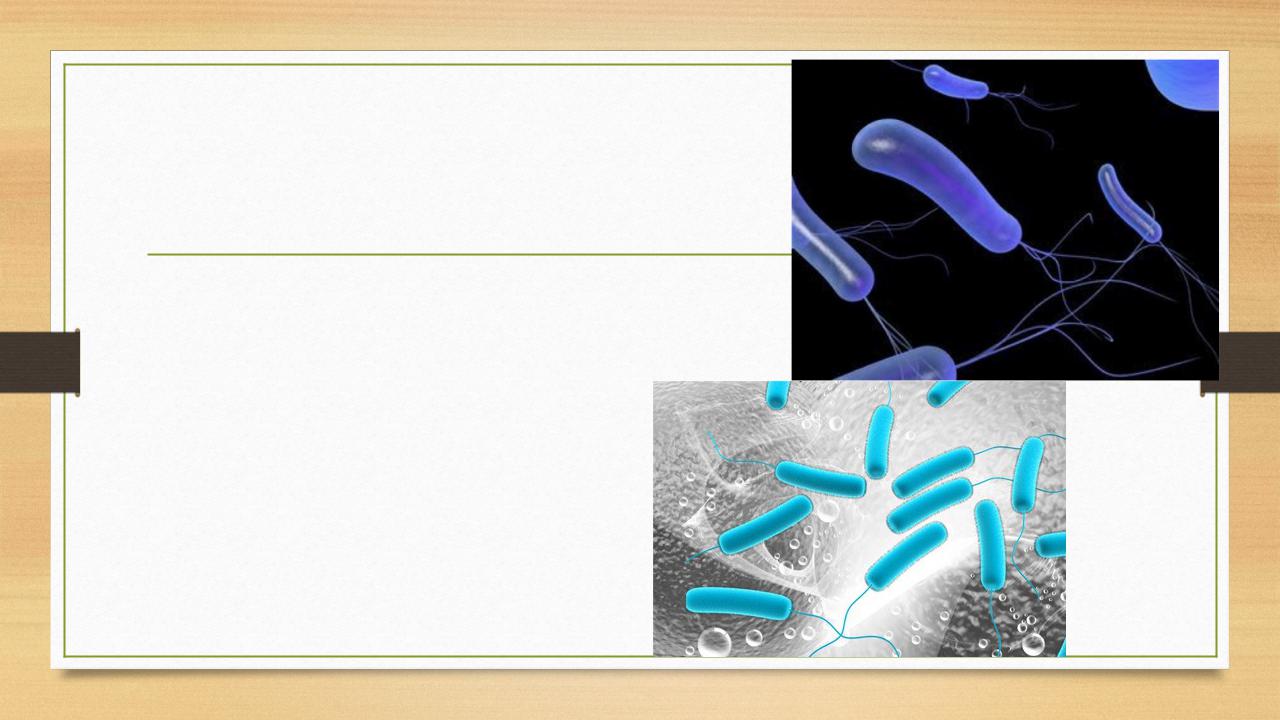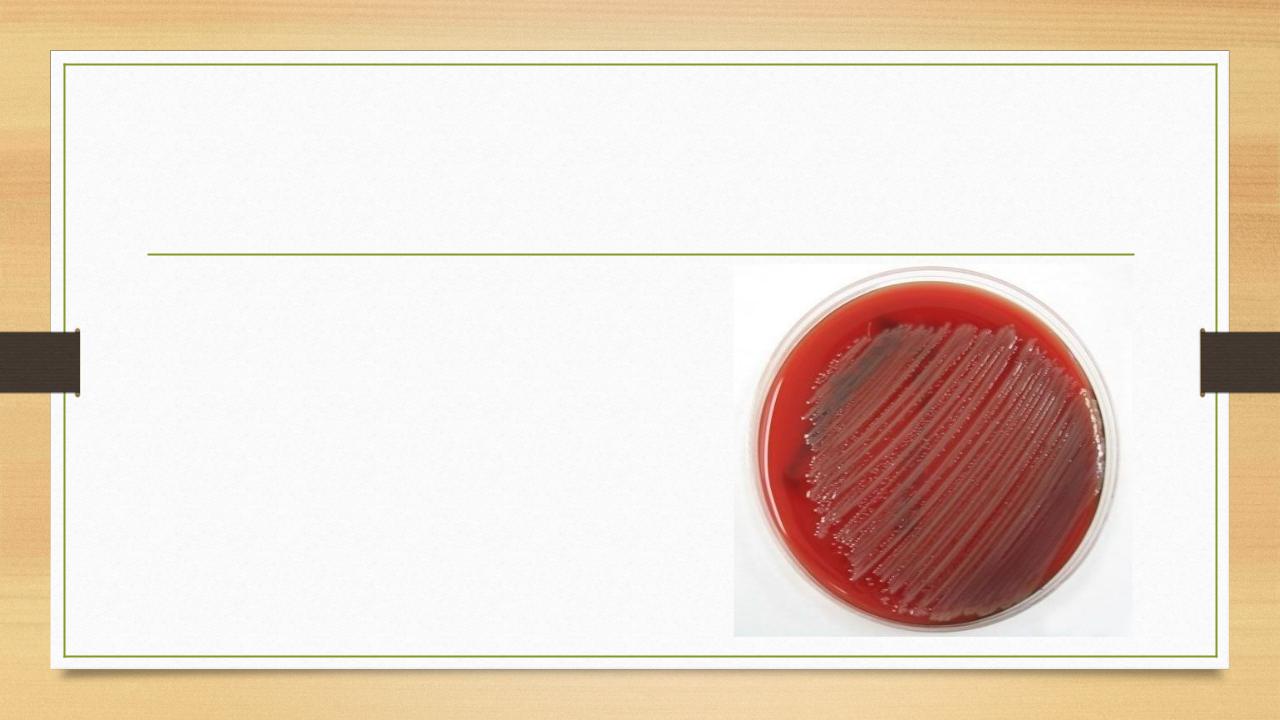The history of the discovery
С. Е. Sedillot was the first who drew attention on coloring bandages on the wounds of soldiers in 1850.
Carle Gessard was the first who published the study about
Pseudomonas aeruginosa in 1882.
Morphology
•Pseudomonas aeruginosa is a Gram- negative rod measuring 0.5 to 0.8 μm by 1.5 to 3.0 μm.
•Almost all strains are motile by means of a single polar flagellum, and some strains have two or three flagella.
•Clinical isolates usually have pili, which may be antiphagocytic and probably aids in bacterial attachment, thereby promoting colonization.
•Nonfermentative.
•Although able to use more than 75 different organic compounds
Physiology of P.aeruginosa
•P. aeruginosa is a ubiquitous” microorganism because of large number of enzymes allow P. aeruginosa to use a diversity of substances as nutrients.
•P. aeruginosa can switch from growing on nonmucoid to mucoid environments, which comes with a large synthesis of alginate.
•The warm temperatures are favorable to its growth






